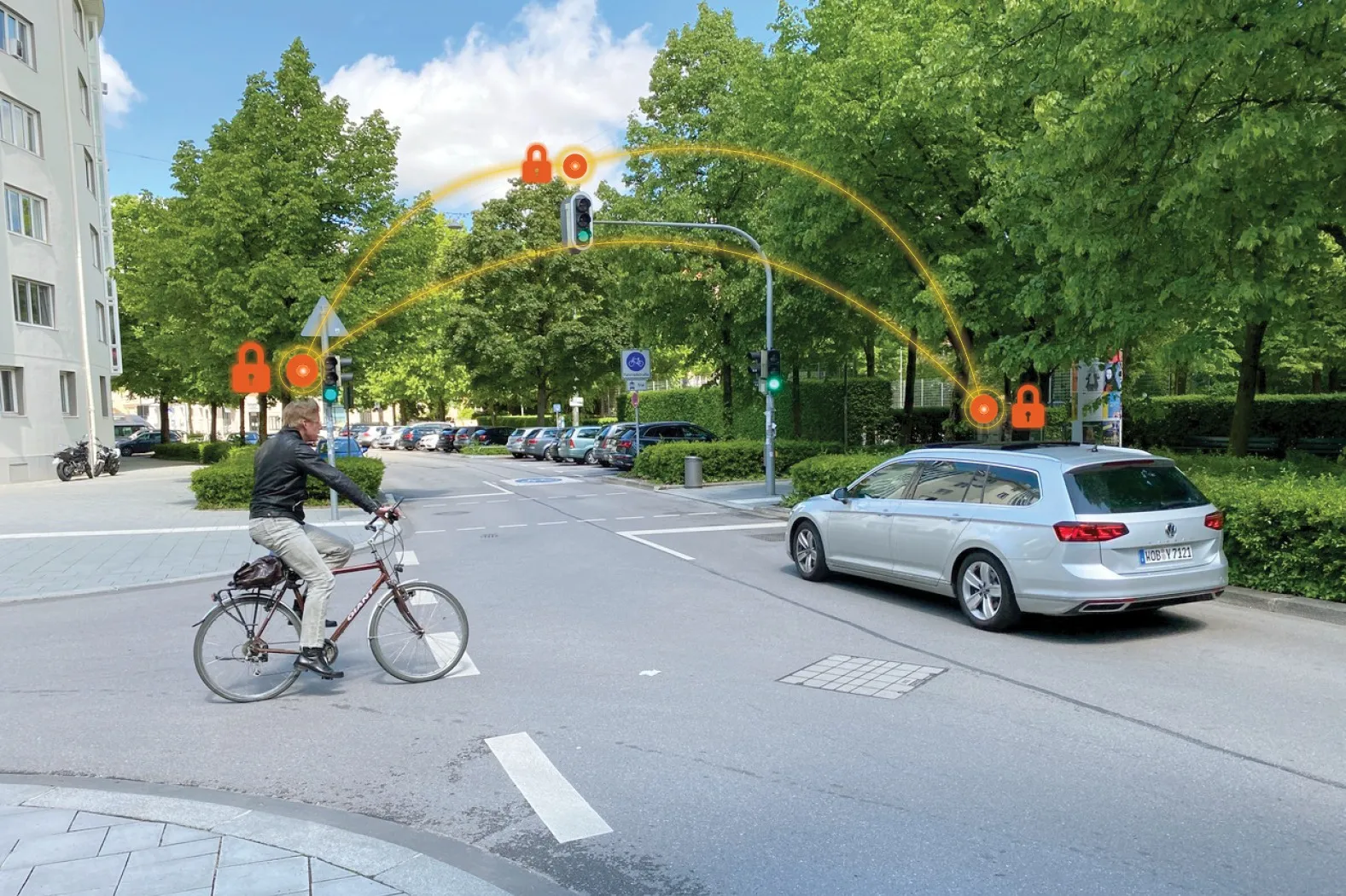The new report by
The big stories this year are car-like MicroEVs, the first category to be aimed primarily at emerging nations, and electric motorcycles, including e-maxi scooters and three wheel motorcycles.
Electric motor cycles and three wheelers are smaller businesses in volume but are often capable of generating higher percentage profits. The same is true of those making components and systems. In the large sectors they find it hard to make a living in fast growing niches where small to medium sized businesses are able to prosper.
The report says Yamaha and BMW are entering this business in 2015. Harley Davidson is getting opinions on its prototype but it is small companies like leader Zero Motorcycles and Brammo that are landing most of the orders, demonstrating impressive innovation and going global with them. They are something of a one way bet because either a giant buys them in order to catch up or they do a Tesla and get big by organic growth. Then there are the Chinese innovating with impressive maxi-scooters and motorcycles ‘at one third of the price’. That grows the market rather than eliminates competition - look at what happened with conventional motorcycles.
Multi-billion dollar market revealed for electric motorcycles
The new report by IDTechEx, Electric Motorcycles and Three Wheel Electric Vehicles 2015-2025 reveals a market value of over US$12 billion for electric motorcycles including e-scooters and maxi scooters in 2025 - a market nearly five times greater than that for e-bikes with pedals.
The big stories this year are car-like MicroEVs, the first category to be aimed primarily at emerging nations, and electric motorcycles, including e-maxi scooters and three wheel motorcycles.
Electric motor cycles and thre
August 15, 2014
Read time: 2 mins









